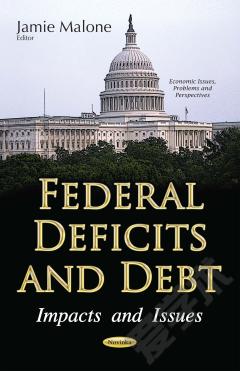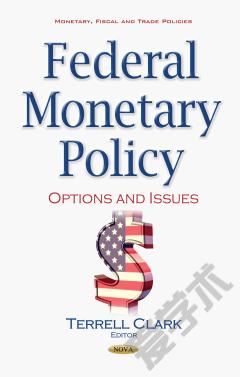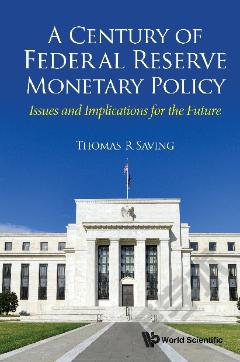Emergency Lending by the Federal Reserve: Background and Policy Issues
The deepening of the financial crisis in 2008 led the Federal Reserve (Fed) to revive an obscure provision found in Section 13(3) of the Federal Reserve Act (12 U.S.C. 344) to extend credit to nonbank financial firms for the first time since the 1930s. Section 13(3) provides the Fed with greater flexibility than its normal lending authority. Using this authority, the Fed created six broadly based facilities (of which only five were used) to provide liquidity to “primary dealers” (certain large investment firms) and to revive demand for commercial paper and asset-backed securities. More controversially, the Fed provided special, tailored assistance exclusively to four firms that the Fed considered “too big to fail”—AIG, Bear Stearns, Citigroup, and Bank of America. This book provides a review of the history of Section 13(3), including its use in 2008. It discusses the Fed’s authority under Section 13(3) before and after the Dodd-Frank Act. It then discusses policy issues and legislation to amend Section 13(3), including H.R. 3189, which passed the House on November 19, 2015.
{{comment.content}}








 京公网安备 11010802027623号
京公网安备 11010802027623号